Posts
Client vs Candidate-Driven Recruitment Strategies: Understanding the Dynamics and Effective Approaches
Recruitment is a complex process that involves the interaction of two essential stakeholders – clients and candidates. Within the realm of recruitment, the market can be classified as either client-driven or candidate-driven. Recently there have been some signs that point towards a possible shift in a market that has been dictated by candidates in recent years, as companies are deciding to bring their employees back into the office as they backtrack on the ‘flexible working environment’.
Our Managing Director Rosa Hilmi has given us some insight into the landscape surrounding this topic – “Currently, the job market is experiencing a fluctuation between being candidate-led and client-led. While the intense hiring activity of the previous year has subsided, there is uncertainty in the housing market, particularly concerning lending costs and the rising cost of living. Businesses are undergoing restructuring, cost-cutting measures, and a shift towards office-based work, causing employees to seek new employment opportunities. Companies are actively seeking new staff due to restructuring or losing employees to competitors who offer more flexible working arrangements. The competition for skilled candidates is fierce, especially for senior positions, where there is an abundance of talent available.”
In this blog article, we will delve into the definitions of client and candidate-driven markets, highlight their differences, and provide strategies to effectively tackle them.
What is a Client-Driven Market?
In a client-driven market, employers hold the upper hand in the recruitment process. Job openings could outweigh the number of available candidates, giving organisations the advantage of ‘choice’. This dynamic enables clients to set specific requirements, demand higher skill sets, and negotiate favourable terms with candidates. Employers have the luxury of being more selective and can take their time to make a hiring decision, leading to a longer recruitment cycle.
What is a Candidate-Driven Market?
Conversely, in a candidate-driven market, the power lies with the job seekers. A candidate-driven market occurs when qualified talent is scarce, resulting in an abundance of job opportunities. In this scenario, normally candidates have the freedom to choose from multiple job offers, demand competitive salaries, and maybe have greater flexibility. Employers often face challenges in attracting and retaining top talent, leading to increased competition among organisations – See our blog on the different warning signs that you may be losing your top talent to see how you can minimize this with what to look out for.
Differences between Client and Candidate-Driven Markets
Supply and Demand: The fundamental difference between these markets lies in the supply and demand of talent. In a client-driven market, the demand for jobs is high, but the supply of qualified candidates is limited. In a candidate-driven market, the demand for candidates exceeds the supply of available jobs.
Power Dynamics: In a client-driven market, employers have the advantage and can be more selective in their hiring decisions. In contrast, a candidate-driven market empowers job seekers to choose from a range of opportunities and negotiate better offers.
How to Tackle Client-Driven Markets
Strengthen Employer Branding: In a competitive market, a strong employer brand can attract top talent. Highlight your company’s unique culture, values, and growth opportunities to differentiate yourself from other employers.
Streamline the Recruitment Process: Simplify and expedite the recruitment process to avoid losing qualified candidates to competitors. Minimise delays, communicate effectively and provide prompt feedback to maintain candidate interest.
How to Tackle Candidate-Driven Markets:
Enhance Candidate Experience: Provide a seamless and positive candidate experience from the initial application to the final decision. Offer personalised communication, timely updates, and constructive feedback to create a lasting impression – If you need s assistance in creating some templates for this, our blog on how ChatGPT can be used within the recruitment industry.
Improve Compensation and Benefits: To attract and retain top talent, review your compensation packages to ensure they are competitive within the market. Consider offering additional benefits such as flexible working arrangements, professional development opportunities, and work-life balance initiatives.
Develop Talent Pools: Build relationships with potential candidates even when there are no immediate job openings. Utilise talent acquisition tools, networking events, and social media platforms to establish a pipeline of qualified individuals who may become interested in future opportunities.
Understanding the dynamics of client and candidate-driven markets is crucial for developing effective recruitment strategies. In a client-driven market, focus on strengthening employer branding and optimising the recruitment process. In a candidate-driven market, prioritise enhancing the candidate experience, improving compensation and benefits, and building talent pools for the future. By adapting your approach based on the market conditions, you can successfully navigate the recruitment landscape and secure the best talent for your organisation.
See how Stellar Select can help your organisation tackle these challenges and help you maximise your recruitment strategies – Book a free consultation call with us!









